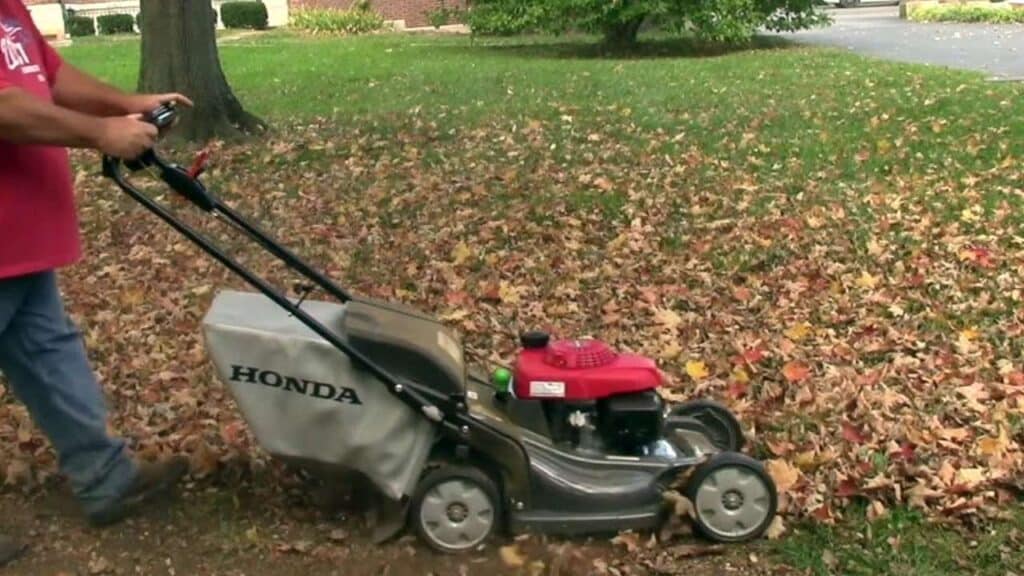In the realm of lawn maintenance, the choice between high lift and mulching blades is pivotal for achieving the perfect cut. This guide delves into their differences, advantages, and disadvantages, providing clarity for homeowners and lawn care enthusiasts.
High Lift Blades Explained
The Design and Functionality
High lift blades are characterized by their steep upward curve on the back edge, designed to create significant lift. This aerodynamic feature is crucial for their performance, making them less curved and straighter on the cutting edge side compared to mulching blades.
Cutting Edge Length
Interestingly, the cutting edge of a high lift blade is shorter than that of a mulching blade. Despite this, the design is optimized to produce less suction yet efficiently cut and discharge grass clippings, minimizing the likelihood of clumping under the mower deck.
Power and Performance
High lift blades require mowers with adequate horsepower due to their need for more force to spin effectively. They shine in versatility, performing well under various grass types and conditions, and are particularly beneficial for creating distinct lawn stripes thanks to the vacuum effect underneath the mower.
Pros and Cons
| Advantages | Disadvantages |
|---|---|
| Adaptable to different grass types and conditions | Requires powerful mowers |
| Ideal for creating lawn stripes | Not suitable for sandy or dusty conditions |
| Effective discharge of clippings | Increased wear on the mower for lower-powered models |
Mulching Blades Unveiled

Curvature and Efficiency
Mulching blades feature a milder curve compared to high lift blades, enhancing deck circulation for effective mulching. Their design, with a longer cutting edge, helps in finely chopping grass clippings, which are circulated beneath the mower deck multiple times for a finer mulch.
Suction and Clipping Disposal
These blades excel in suction power, creating a vacuum that lifts grass for a closer cut and facilitates the mulching process. However, they might hold clippings under the deck, especially when dealing with tall grass, which requires careful consideration of the mowing height.
Pros and Cons
| Advantages | Disadvantages |
|---|---|
| Versatile cutting options: bagging, discharging, mulching | Less effective in bagging due to lower lift |
| Economical with three functions in one blade | Requires more frequent mowing to prevent clogging |
| Beneficial for lawn health and environmentally friendly |
Conclusion
Both high lift and mulching blades offer unique benefits and drawbacks, tailored to different lawn care needs and preferences. Whether your priority is maintaining a pristine appearance with lawn stripes or supporting lawn health through mulching, selecting the appropriate blade type is crucial. By understanding these differences, you can ensure your lawn care efforts are both effective and satisfying.
Choosing the right blade not only enhances the beauty of your lawn but also contributes to its health and your satisfaction as a homeowner. Remember, the best choice depends on your lawn’s specific needs and your personal lawn care goals.

